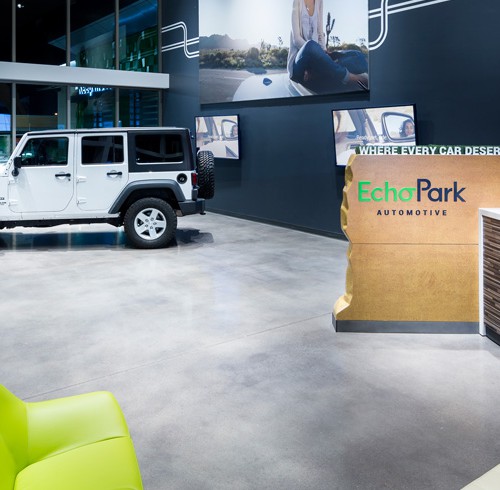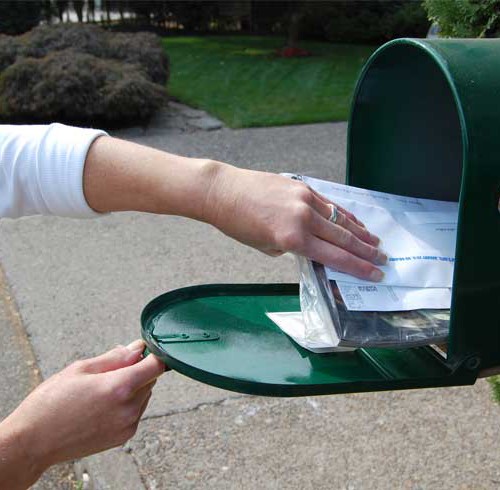The Relevancy Of Yahoo Bing For Dealership Marketers

For the first time ever, comScore reported that Bing reached a 20 percent search market share in the United States in April. When you add in the 12.7 percent of U.S. searches that are conducted on the sites of its search alliance partner, Yahoo, the Yahoo Bing Network’s effective search market share has now reached almost 33 percent. Although this number is still well behind Google’s U.S. search share of 64.4 percent, Yahoo Bing has clearly been growing significantly in recent years.
For digital marketers, the rise of Yahoo Bing’s search market share brings up many questions about whether or not they should use the network, and if they do, how they should approach it.
First of all, it is still clear that Google AdWords offered higher click-thru rates (CTRs) than Yahoo Bing in 2014. Search Engine Watch conducted a study across six verticals where it discovered that Google’s average CTR was 5.47 percent, which was 126 percent higher than Yahoo Bing’s 2.42 percent average. Still, it’s important to note that the gap between the two search engines has been narrowing in recent times. The company’s last study, in the third quarter of 2012, found that Google’s average CTRs were 265 percent higher than Yahoo Bing’s. That’s a big change, and it has happened because performance on Yahoo Bing has been improving at a faster rate than performance on Google AdWords. From Q3 2012 to 2014, Yahoo Bing’s average CTRs improved by 175 percent, while Google’s average CTRs improved at a much lower rate of just 65 percent.
Although Google offered a superior average CTR in 2014 overall, it’s important to realize that there were groups of advertisers who sponsored paid search campaigns on both engines and saw higher CTRs on Yahoo Bing than on Google in 2014. For example, in both the Travel and Automotive verticals, 16 percent of advertisers saw higher CTRs on Yahoo Bing, including companies such as Dodge, Lexus, Nissan, Carfax, Hotels.com, Travelocity and Southwest Airlines. Even more significant was the Shopping and Classifieds vertical, where 18 percent of those who advertised on both engines saw a greater CTR on Yahoo Bing in 2014.
On average, these advertisers’ search ads gained much more favorable positioning on the first Yahoo Bing search engine results page (SERP) than on Google’s. By having their ads displayed higher up on the page, they were both seen and clicked more often by consumers.
There’s no question that Yahoo Bing has become highly relevant, and well worth considering for all digital marketers.
Overall, Google AdWords has the advantage of providing marketers with higher CTRs as well as higher impressions, having delivered 138 percent more impressions than Yahoo Bing in Search Engine Watch’s 2014 study. However, Yahoo Bing has its own noteworthy advantages, with less expensive average cost-per-clicks (CPCs) as well as less competition.
The study found that the average CPC was 42 percent less expensive on Yahoo Bing than on Google across the six verticals in 2014. The Business vertical had the most substantial cost difference, with the average CPC on Yahoo Bing coming in at 63 percent less than on Google. For Shopping and Classifieds, the average CPC was 49 percent less expensive on Yahoo Bing than on Google, Automotive was 45 percent less, Travel was 38 percent less, Financial Services was 35 percent less and Education was 35 percent less expensive.
The fact that there was far less competition on Yahoo Bing than on Google in 2014 is another important fact to consider. Within the six verticals that were analyzed, Google experienced between almost double to more than triple the number of advertisers who gained placement on its first SERP than those who did on Yahoo Bing. Certainly, this means higher competition in reaching consumers as well as higher CPCs, as competitive bidding increases the CTR in paid search campaigns.
These statistics provide very compelling reasons to consider the Yahoo Bing Network for your campaigns. However, one of the most important recommendations for all digital marketers is to thoroughly test all campaigns and measure the results to determine what works best for each sector and each business in particular.
To optimize your campaigns to work most effectively on Yahoo Bing, it’s essential to recognize the differences between the two search engines. For example, a marketer may want to identify highly profitable keywords that they are receiving poor coverage for on Google, and try testing those same keywords on Yahoo Bing, which has less competition and may offer distinctly different results.
Remember to test all aspects of your campaign and compare the results over a reasonable period of time to determine what is working and what is not, as different markets and sectors may experience very different results. By carefully optimizing ad campaigns differently to work best on both search engines, many digital marketers may find ways to exponentially increase their overall effectiveness.












Warning: count(): Parameter must be an array or an object that implements Countable in /home/pg4b1yzvrqqo/domains/test.drivingsalesnews.com/html/wp-includes/class-wp-comment-query.php on line 399